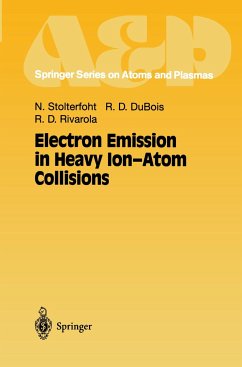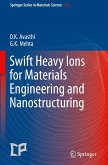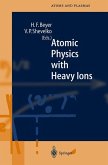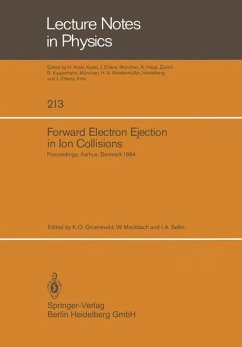Electron EM reviews the theoretical and experimental work of the last 30 years on continuous electron emission in energetic ion-atom collisions. High incident energies for which the projectile is faster than the mean orbital velocity of the active electron are considered. Emphasis is placed on the interpretation of ionization mechanisms. They are interpreted in terms of Coulomb centers associated with the projectile and target nuclear fields which strongly interact with the outgoing electron. General properties of the two-center electron emission are analyzed. Particular attention is given to screening effects. A brief overview of multiple ionization processes is also presented. The survey concludes with a complete compilation of experimental studies of ionization cross sections. Electron Emission in Heavy-Ion--Atom Collisions reviews the theoretical and experimental work of the last 30 years on continuous electron emission in energetic ion-atom collisions. Emphasis is placed on the interpretation of ionization mechanisms. These mechanisms are interpreted in terms of Coulomb centers associated with the projectile, and target nuclear fields, which strongly interact with bare projectiles, are treated as cases for single-projectile and target centers. General properties of the two-center electron emission are analyzed with electron capture to the continuum and saddle-point electron emission as specific examples. For dressed projectiles, particular attention is devoted to screening effects, anomalies in the binary-encounter peak production, diffraction effects, and dielectronic processes involving two active electrons. A brief overview of multiple ionization processes is also presented. The survey concludes with a complete compilation of experimental studies of ionization cross sections.
Bitte wählen Sie Ihr Anliegen aus.
Rechnungen
Retourenschein anfordern
Bestellstatus
Storno








